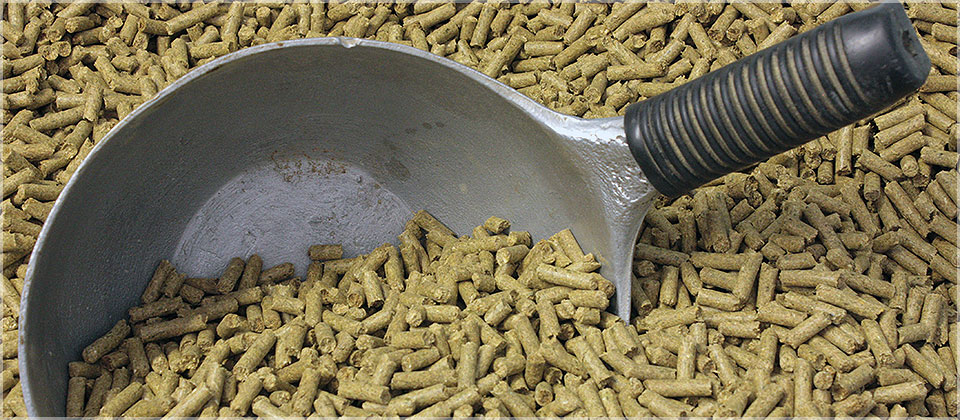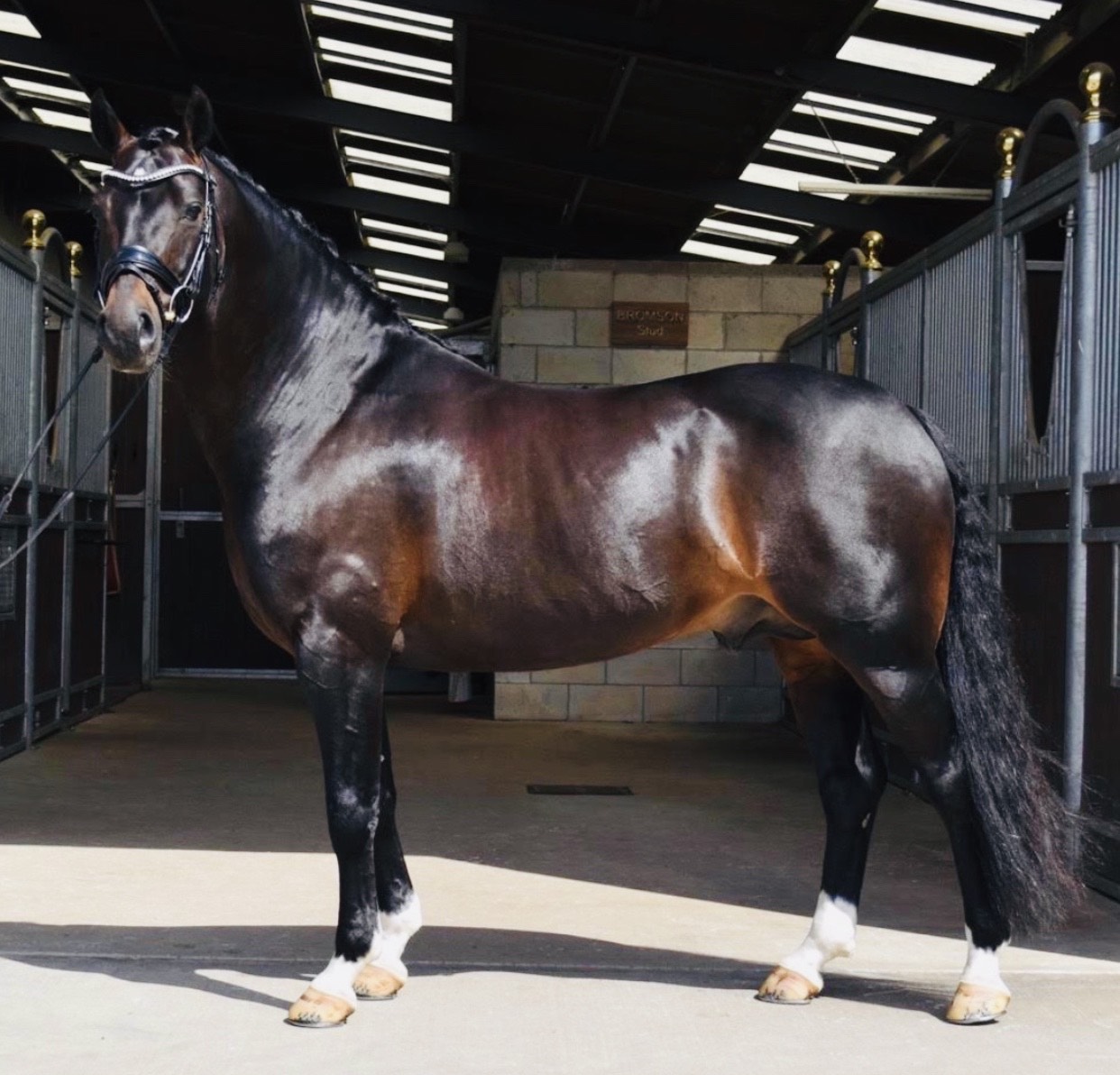
Published on 7th November 2017
As much as we’d like to cling on to the summer, it’s inevitable that during the winter months there will be an abundance of horse owners looking for that elusive product – something that will help maintain condition without turning their horse into a raving lunatic.
But why are so many struggling with your typical conditioning cube? What is it about some of them that makes them ‘heating’?
On a regular basis, the finger will simply be pointed at a specific brand ‘Oh my horse can’t eat such and such brand of cubes, he goes bananas – but he’s fine on this brand!’ why is that? What’s the key difference between one brand and another?
From our experience and speaking to a vast number of customers (and even non-customers!) there seem to be two main causes of horses struggling with some conditioning cubes these are; moderate to high starch levels1 and a level of supplementary magnesium that doesn’t suit the particular horse2.
Though all horses in our experience do best with less than a gram of added magnesium a day we don’t believe that level has any sedatory effect. On the other hand Jess Dodd3 suggest that 2.5 grams probably and 10 grams definitely does have a comparable effect to a dose of Acepromazine (veterinary sedative). With added magnesium having the ability to sedate and impair, and some horses responding negatively to this, it’s no surprise (to us!) that when a conditioning cube that contains a reasonably high amount of added magnesium is introduced into the diet – behaviour can be compromised.
Odds are, the horse is coping just fine with the increased amount of calories in the diet, it’s actually the extra magnesium provided by the cubes which is causing a range of poor behaviour2 such as napping, stressing, explosive when under pressure, spooky or fizziness…the list goes on!
We’re not saying all conditioning cubes are the spawn of Satan – there will certainly be plenty of people reading this thinking ‘well my horse is totally fine on his 2 scoops of cubes a day’ and there may well be a number of reasons for that (one of them being that potentially the brand you’re using is low in added magnesium and another that your horse tolerates magnesium well enough).
However, there will certainly be a number of people who are either scratching their heads as to what to feed their horse over the winter (calculated risk management)! Others will be debating as to whether or not they’re in need of a calmer for the next few months…more so, there are also plenty of owners out there who simply ‘put up’ with poor behaviour, not realising life could perhaps be a little easier if a few changes in the diet were made!
If you’re considering a 'calmer' – do feel free to give us a buzz for a chat, you may not be in need of a calmer at all. What’s more, simply introducing a magnesium calmer to a high magnesium diet will more than likely have no effect (hello wasted pennies), or even make the situation worse (not ideal).
There shouldn’t be a complete feeling of terror when more calories are introduced into a horse’s diet. Providing it’s in the appropriate amount of work, behaviour shouldn’t be compromised. The important bit is choosing exactly how you’re going to get those calories in there!
What would we suggest?
Anything that doesn’t contain ‘bumph’ essentially! Now we’re not going to pretend we don’t offer such feeds (-cough- MORE Condition -cough-), but in general the likes of grass nuts, beet pulps (unmolassed) or oil-based products are a good route to go down. Easy, simple ways to increase your horse’s Digestible Energy intake without the added magnesium and not putting behaviour/performance at risk.
MORE Condition is part of our CORE&MORE feed system designed to put you in control of the feed needs of your horses. Talk to us about converting your horse to this unique yet simple approach. And help your horse look as spectacular as this (Woodlander Sir Gorgeous):
- The effects of a high-starch or high-fibre diet on equine reactivity and handling behaviour. L Bulmer et al. Applied Anim Behaviour Science April 2015 165:95-102
- We have no scientific reference for this but do monitor and carefully log the magnesium levels of the diets of horses before they start on our behaviour supplements and where they settle when the customer reports being happy at the end of “fine tuning”. This database now contains many thousands of records and we tend to look at the last 500 horses to get a picture of how our current advice is working. Last time we looked at horses where we were supplying all the supplementary magnesium to the diet through CORE&MORE the final outcomes were:
97% best on no added magnesium
3% best on between 0.1 and 0.4 grams of added magnesium a day
- JA Dodd et al, Magnesium Aspartate Supplementation and Reaction Speed Response in Horses, Abstract / Journal of Equine Veterinary Science 35 (2015) 401-402
Fancy a chat or want to know more?
Feel free to drop us an email on advice@equifeast.com or call 01453 836974.
Our team of advisers are experts in low magnesium feeding and are more than happy to help you get the most of your horse.
It all starts with the diet!
Related articles:
How much magnesium is in my horses diet?
In the spotlight: MORE Condition
